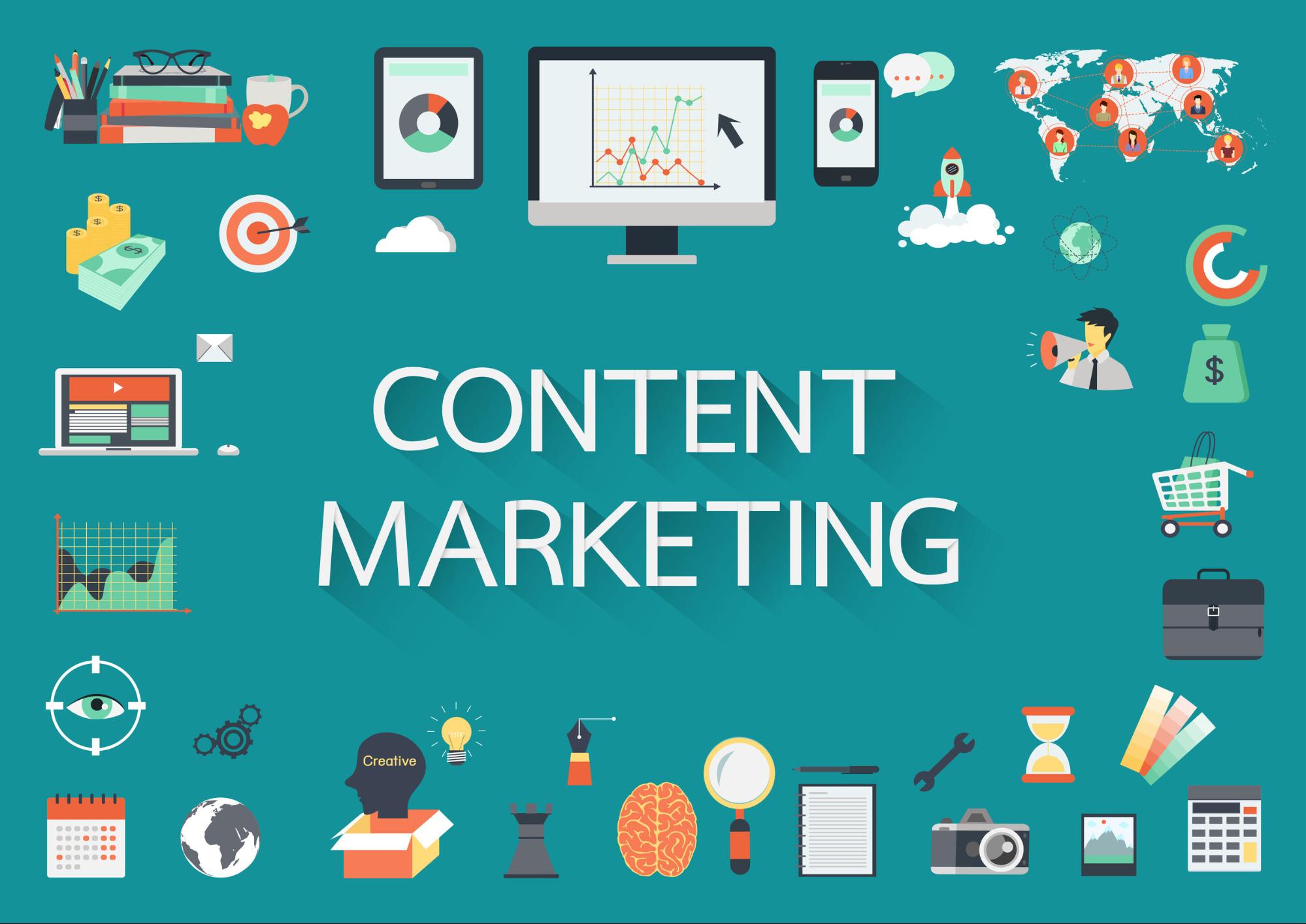
Content marketing is the future of marketing, but it’s not always as simple as writing a few blog posts and creating some videos.
If no one is reading your content, you’re wasting time and resources without doing your business any favors. It’s not that content marketing is ineffective — it’s just that there’s something missing from yours.
So, if you’re creating tons of content but seeing no traction from it, here are six reasons why and how you can fix it.
No Strategy

Content marketing is like all other forms of marketing — it needs strategy to succeed. If you’re simply posting whatever you think will work, all at random times, your audience is most likely going to ignore you.
Content marketing strategy helps you identify the goals you’d like to achieve with your content and helps you tailor it to your needs. If you’re working without a strategy, it’s difficult for your audience to clearly see what you’re looking for them to do.
When you have a plan, however, you’re putting intent behind your content and informing each step of the process. Then, you’re ready to create an editorial calendar that enhances your content marketing strategy and gives you the best chance of success.
Your content calendar should include:
- Publishing times.
- Titles.
- Content details.
- Target keywords.
- Personas.
This helps you stay on track with your content marketing goals and ensure that you’re only sharing content that works within your set plan.
Infrequent Publishing

Quality is more important than quantity with most things, including content. A small amount of high-quality content beats out thin or generic content shared each day.
That said, you’re unlikely to see results from your content if you’re only posting on a rare occasion, regardless of how good the content itself is. Posting infrequently makes it difficult to attract attention and gain followers.
Consistency with your posts not only earns trust and credibility from your audience, but it also boosts your ranking in search engines. When you create more content, you naturally gain more traffic, which tells search engines that you’re creating content people want to read. This gives you a boost on the results pages, earning even more traffic for your site.
Still, it’s difficult to create top-notch content every day, and posting low-quality content frequently isn’t any better. You need to find the balance of quality and quantity for your particular business needs.
Keep in mind as well that “content” isn’t just blog posts. You can use videos, images, podcasts, and other types of content to achieve your content marketing goals and keep it fresh for your audience. Content that’s easy to skim and highly visual, such as infographics, are ideal for reaching an audience that tends to be busy and less likely to read an entire article.
Too Many Sales Pitches

The purpose of content isn’t to sell directly, but to generate interest in your business that could lead to a sale in the future. The conversation with a lead shouldn’t have a sales pitch in the beginning, since that ruins the trust you could gain.
Customers don’t like to be pitched to anymore, since they can easily find the information they need without the aid of a sales person. In fact, most customers won’t even reach out to a sales person until they’ve already narrowed down their product options and are close to a final decision.
Because of this, your content should be used to educate your prospective customers long before you connect with them. It should address their needs for each stage of the buyer’s journey, eventually guiding them toward the sale.
The buyer’s journey has a few stages, beginning with the awareness stage. At this stage, your prospective customer has a problem and needs to become aware of your brand, which can be done through interesting and engaging content. The best content for this stage is videos, entertaining blog posts, and webinars.
After that is the consideration phase, which is when the customer is trying to better understand the problem and identify possible solutions. This is an opportunity for you to showcase your products, without selling directly, using product comparisons, case studies, or in-depth articles.
Then comes the decision phase, which is when the customer will decide on the product that they’ll purchase. You can persuade them to purchase your product with reviews, testimonials, and demonstrations that showcase the benefits.
After you’ve made the sale, your content can be used to encourage future purchases or word-of-mouth referrals. This type of content would be customer satisfaction surveys, training videos, newsletters, and other content examples that give them information about how to get the most from the product.
Ultimately, you want your audience to feel like the content is about serving their needs, and not the needs of your business. This will make them more likely to want to engage with your content.
You Don’t Understand Your Audience
Getting customers to engage with your content starts by understanding their needs. With the massive amount of content found on the internet, it’s easier for customers to direct their attention to content that addresses their needs specifically, regardless of how narrow the niche may be.
If you want this attention, you need to be able to speak to that need by focusing your content on a narrower audience. This will not only ensure that your audience engages with your content, but it will also allow you to form deep connections.
Tailoring your content to the needs of your customers starts by defining who your customers are, what they need, what their problems are, and what they’re looking for from a product. The more detailed you are, the more you can target your content. Once you have these answers, you can create content that speaks directly to your ideal audience.
You Don’t Seem Trustworthy
Customers want to purchase from real people who run businesses they believe they can trust. If your content comes across like you’re just looking to get the sale and don’t care about your customer’s needs, they’ll be less likely to connect with you.
When you’re creating your brand voice, it should accurately reflect your brand and what your audience wants from your brand. It needs to go beyond sales language and bland, generic messages to an approachable message that the customer can relate to.
No Promotion
If you’re throwing your content out into the world without promoting it, you’re unlikely to get any attention. Proper content promotion is the key to getting more attention for your content, which goes beyond just linking to your latest post on your social media pages.
Ideally, you should have a promotion strategy that includes email marketing, social forums, and influencer marketing to get the most traction for your content.
Craft Content That Succeeds
With so much emphasis placed on content marketing, you can’t afford to have content that gets lost in the shuffle. By focusing on your content marketing strategy and avoiding these common mistakes, you can craft compelling content that your audience wants to read, which helps your bottom line.




